
Mind-Blowing Cloud Formations You Probably Haven’t Seen Before
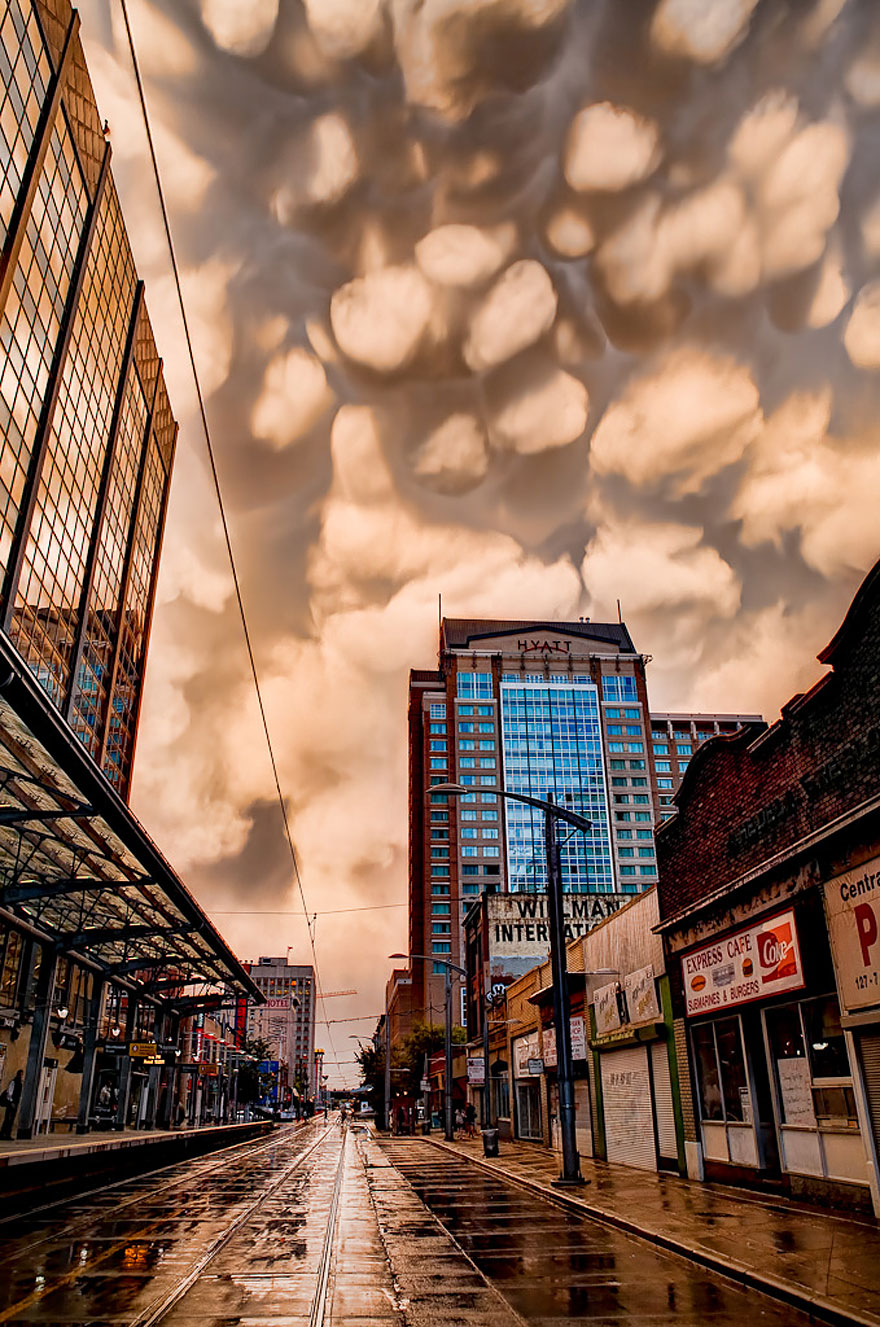
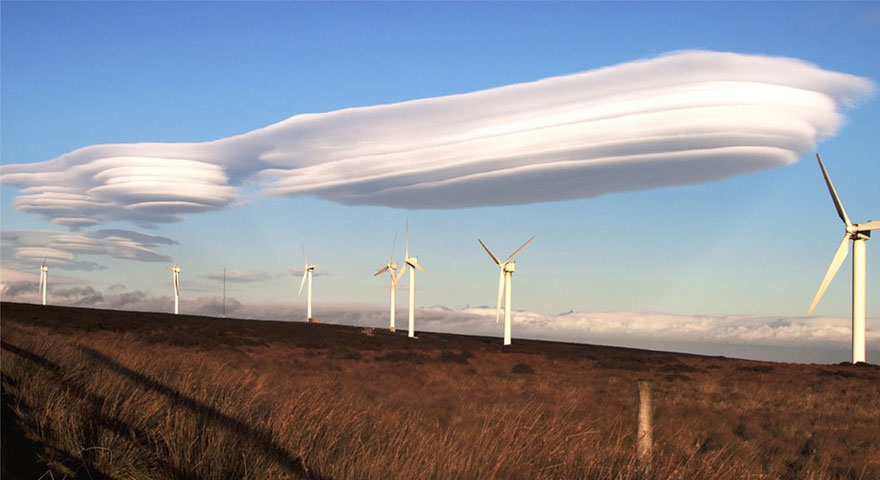
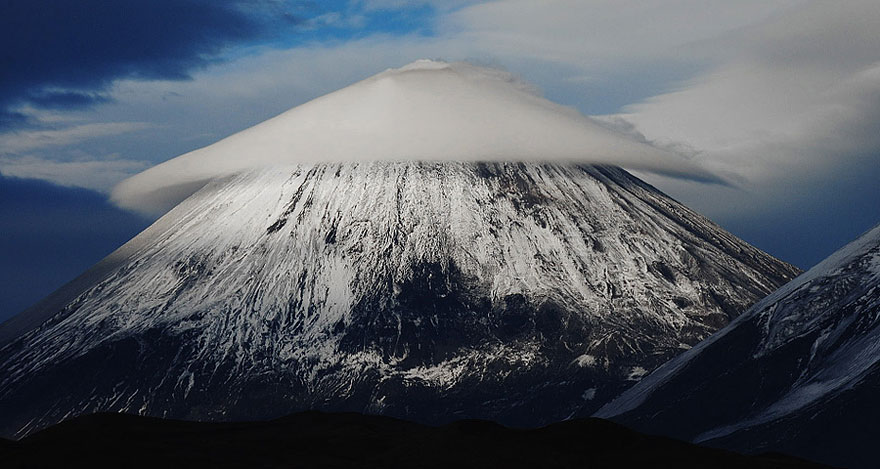
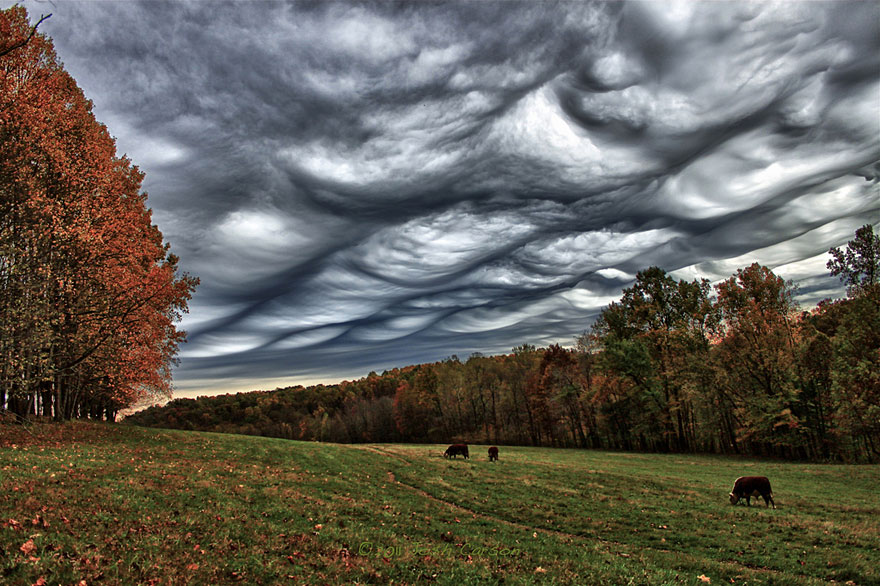
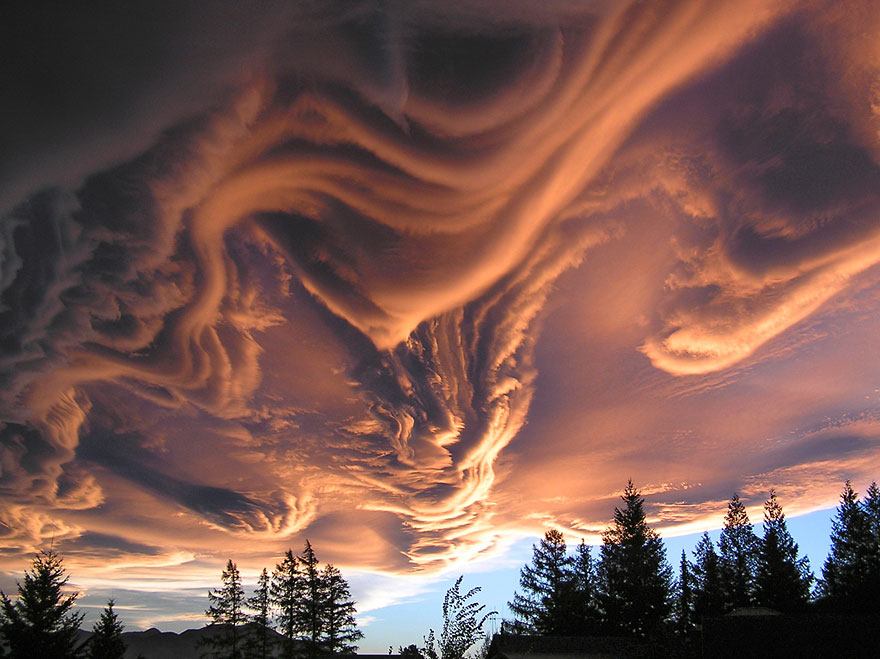
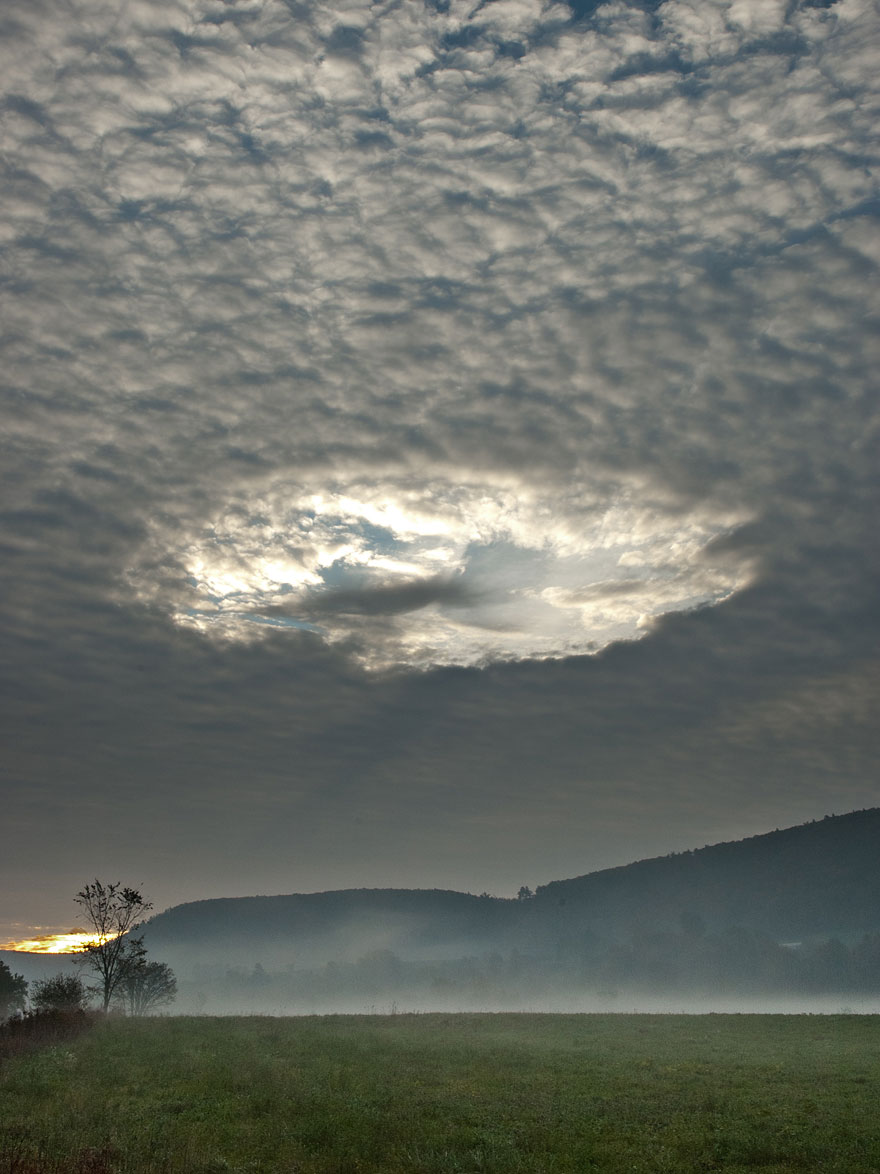
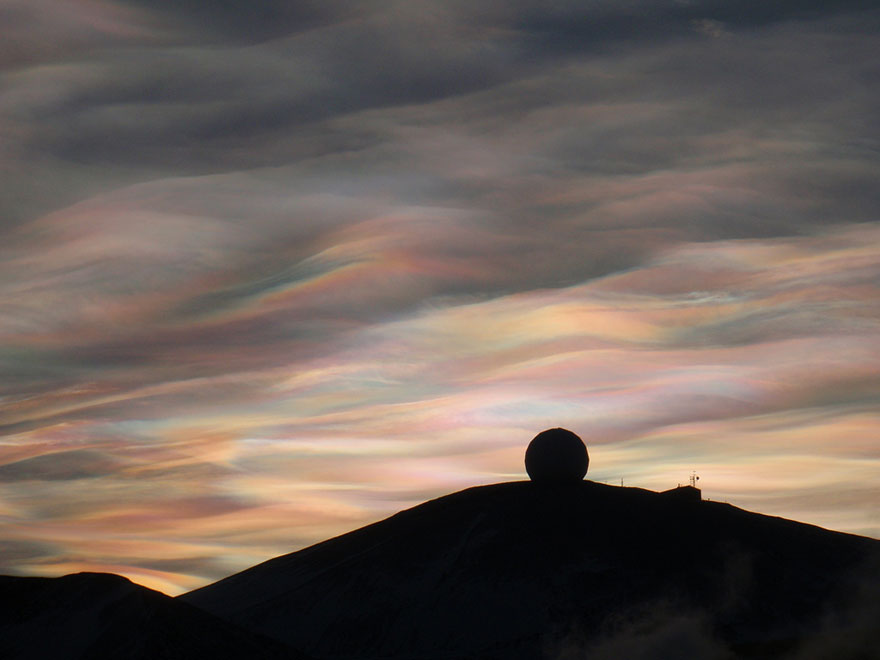
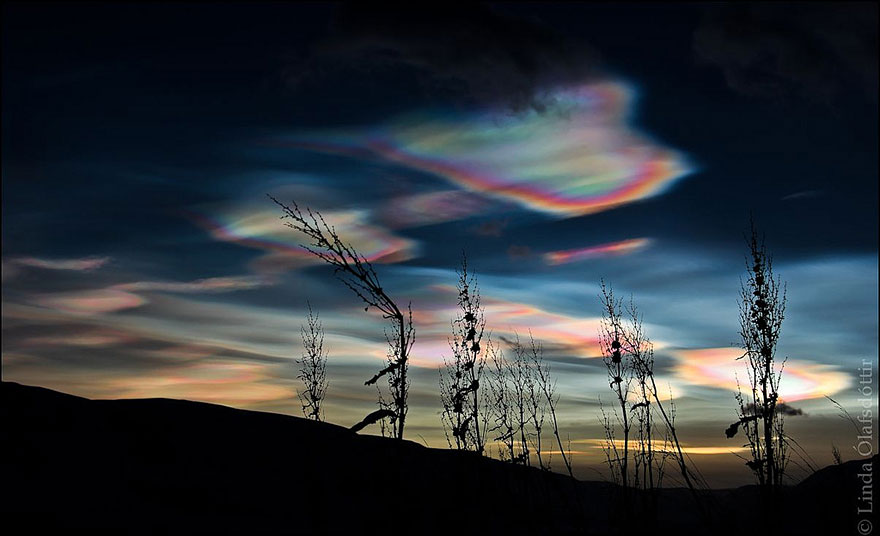
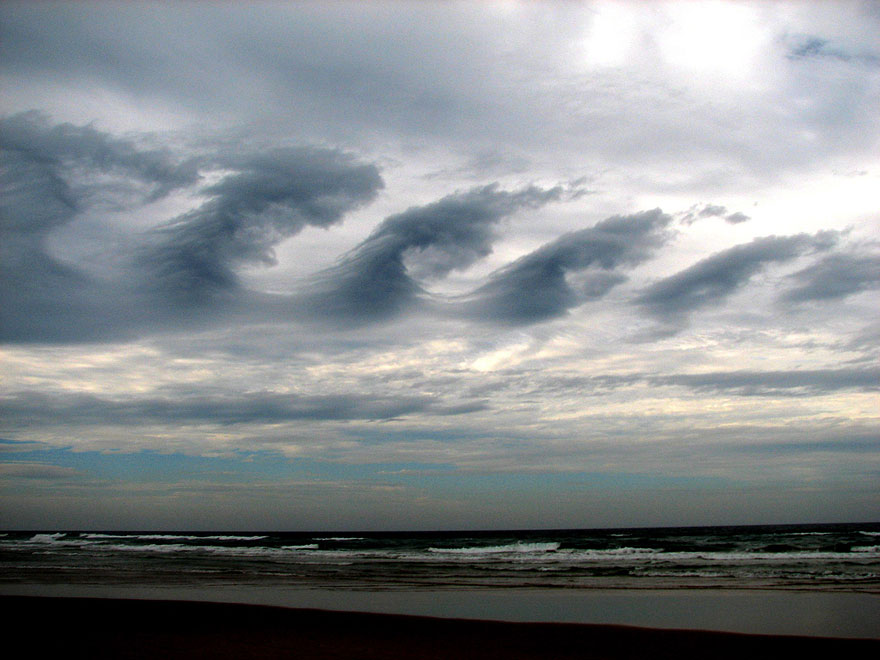
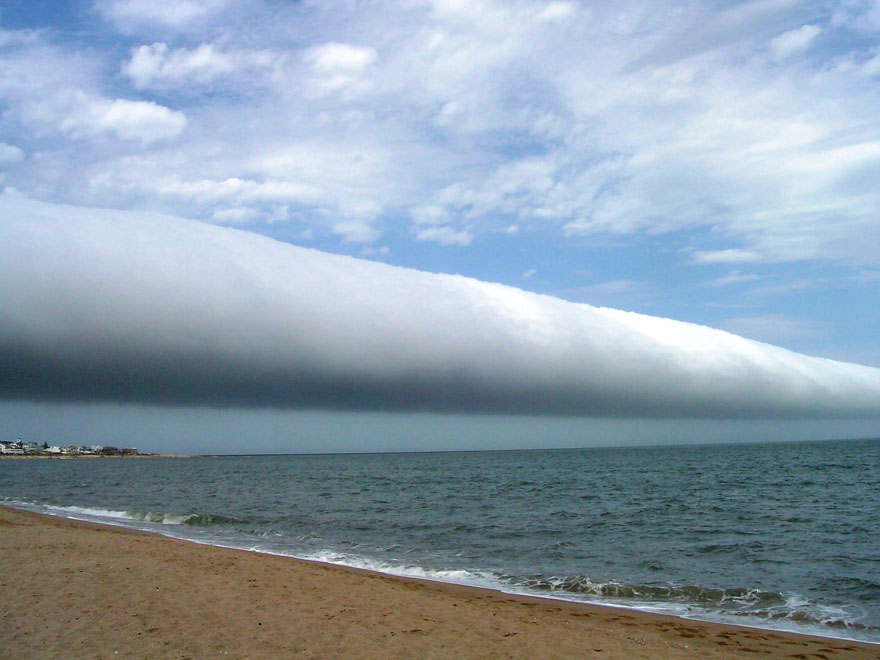
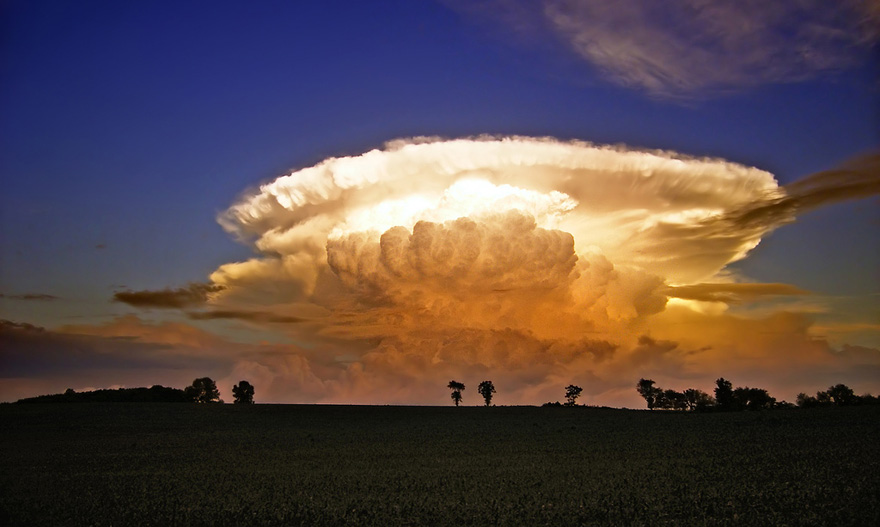
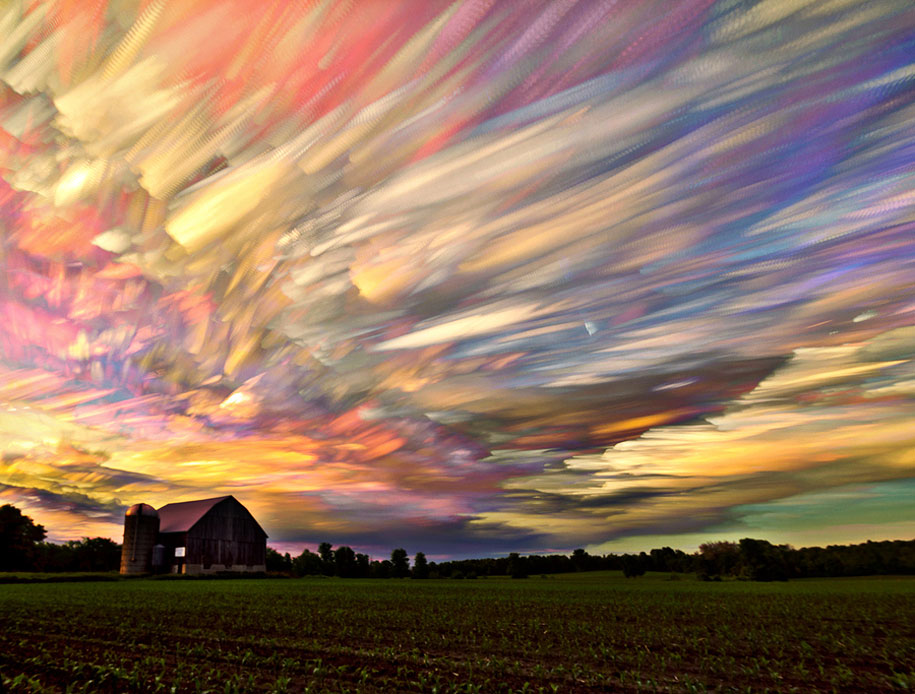
Various cloud formations are among the most beautiful and romantic sights in nature. These ever-changing shapes drifting across the sky can inspire awe and wonder in anyone who takes the time to look up. Yet, despite their mesmerizing appearances, clouds are also a fascinating and complex natural phenomenon studied extensively by scientists. An interesting fact about clouds is that, no matter their shape or size, they are all composed of the same basic elements — tiny condensed water droplets or ice crystals suspended in the atmosphere.
The process begins when the sun heats the Earth’s surface, causing warm air to rise and carry moisture upwards. As the water vapor ascends, it cools and condenses into tiny droplets or ice particles, clustering together to form clouds. If these clusters continue to grow by collecting more moisture, they eventually become heavy enough to fall to the ground as precipitation in the form of rain or snow. Otherwise, the clouds will simply evaporate back into invisible water vapor, disappearing quietly into the air.
Although the various stunning cloud formations may seem random and indescribable to the casual observer, there is actually a well-established cloud classification system that is used globally. This system was first developed by Luke Howard, a British manufacturing chemist and amateur meteorologist, who introduced the first formal nomenclature for clouds in 1802. Today, clouds are categorized based on factors such as their shape, altitude, formation process, and other distinct characteristics. This classification helps meteorologists better understand and predict weather patterns.
Fortunately, you don’t have to be a meteorologist or a science enthusiast to appreciate the captivating beauty of clouds. Whether you’re watching fluffy cumulus clouds on a sunny day or observing dramatic storm clouds on the horizon, the sky offers an endless canvas of natural art. Here is a selection of some stunning cloud photographs — among them, you might spot unusual and rare cloud formations that you’ve never encountered before!
Mammatus Clouds — Known for their pouch-like shapes that hang beneath the base of thunderstorm clouds, mammatus clouds look like soft, cotton balls and often signal turbulent weather ahead.
Lenticular Clouds — These smooth, lens-shaped clouds often form over mountains due to strong winds and appear almost otherworldly, resembling flying saucers.
Undulatus Asperatus — Featuring wave-like patterns that seem to ripple across the sky, these clouds are relatively rare and create a dramatic, almost turbulent effect.
Fallstreak Holes — Large circular or oval gaps in clouds, fallstreak holes form when supercooled water droplets suddenly freeze and fall, leaving a hole behind.
Polar Stratospheric Clouds — Also known as nacreous clouds, these occur high in the atmosphere during polar winters and shimmer with iridescent colors due to their ice crystal composition.
Cirrus Kelvin-Helmholtz — These fascinating clouds resemble ocean waves frozen in the sky, caused by wind shear between two layers of air moving at different speeds.
Roll Clouds — Long, tubular clouds that appear to roll across the sky, often seen ahead of thunderstorms or cold fronts.
Anvil Clouds — These flat-topped clouds are associated with thunderstorms, shaped by strong winds pushing the cloud tops horizontally at high altitudes.
For those who want to explore further, check out Smeared Sky Photography by Matt Molloy, which beautifully captures many extraordinary cloud formations in vivid detail.
News in the same category


Give President Trump Nobel Peace Prize, Israeli Hostage Families Urge

The Flower You Pick Will Reveal Your Truest Trait

Meet Jonathan, The Oldest-Known Animal In The World

The Best Places to Photograph in Montana
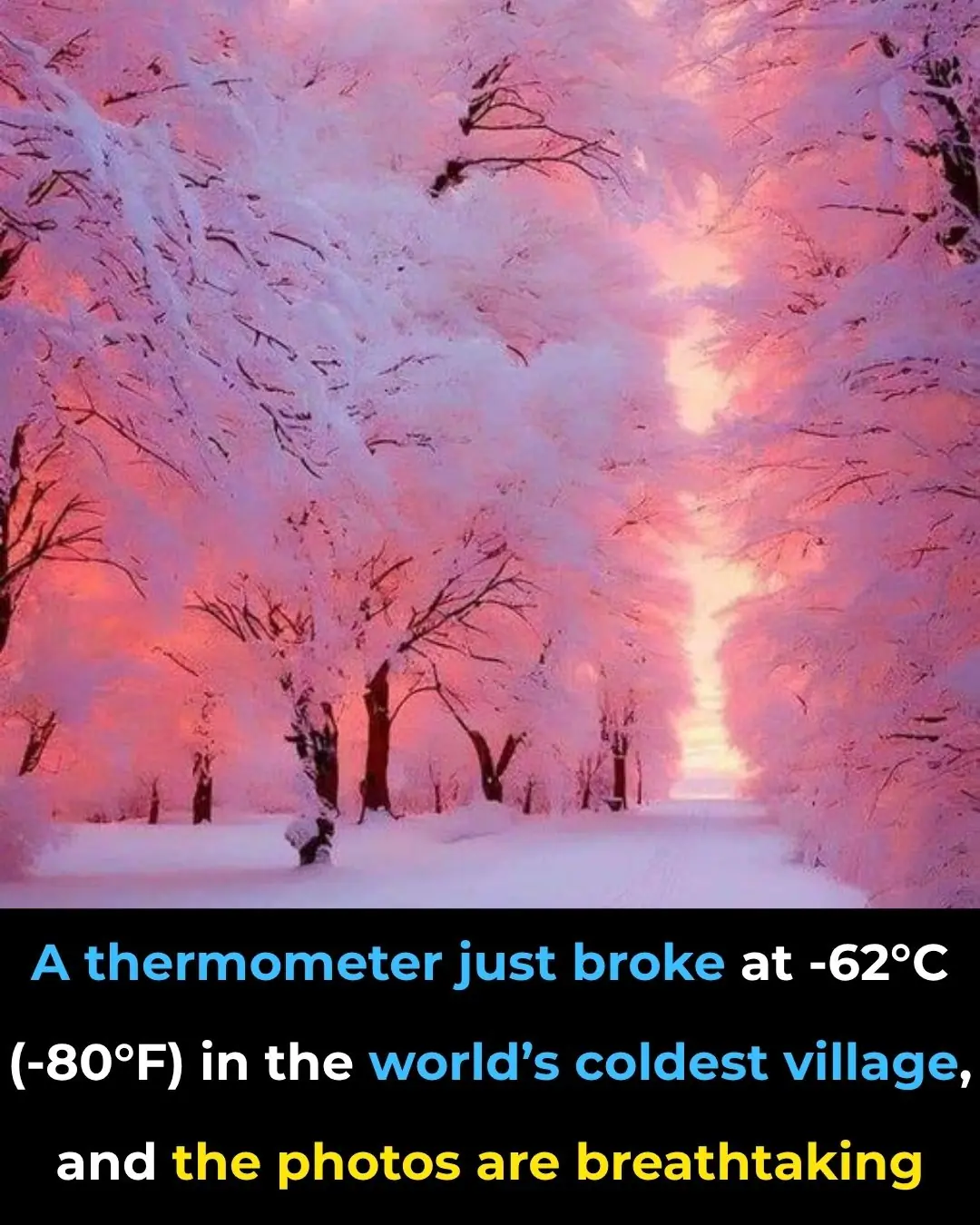
A Thermometer Just Broke At -62°C (-80°F) In The World’s Coldest Village, And The Photos Are Breathtaking
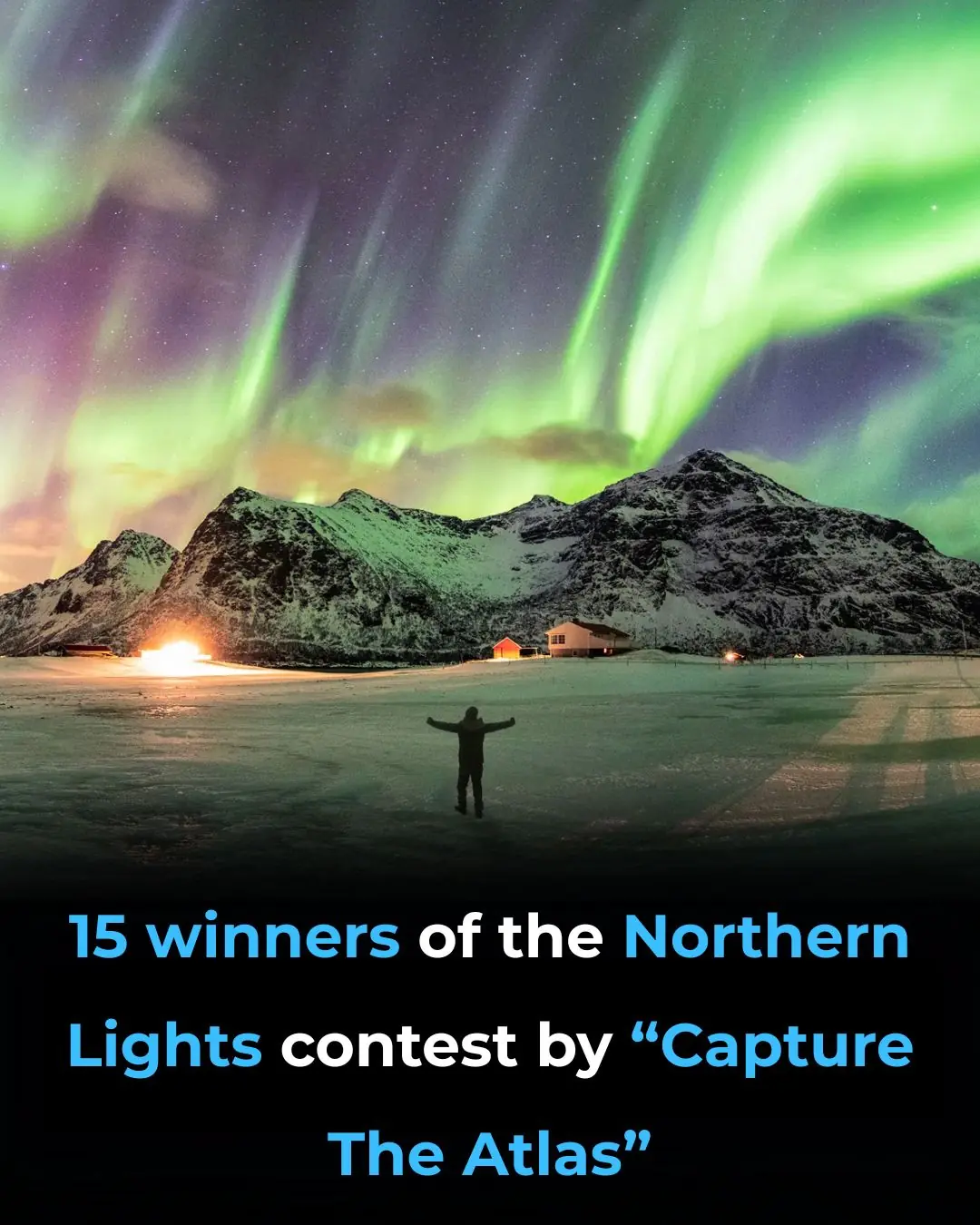
15 Winners Of The Northern Lights Contest By “Capture The Atlas”

Incredible Map of Pangea With Modern-Day Borders
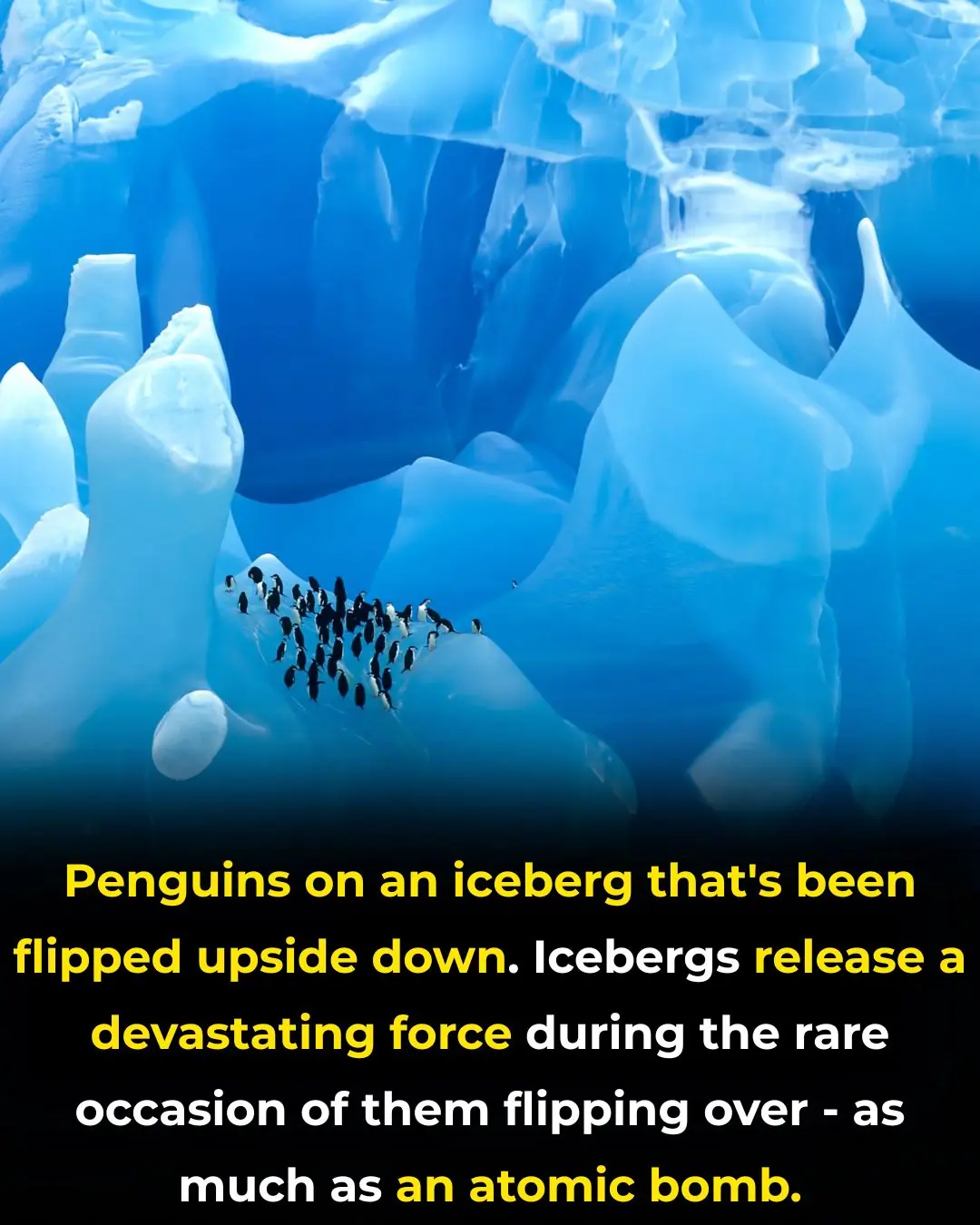
Destructive Beauty: Icebergs Flip with the Power of an Atomic Bomb
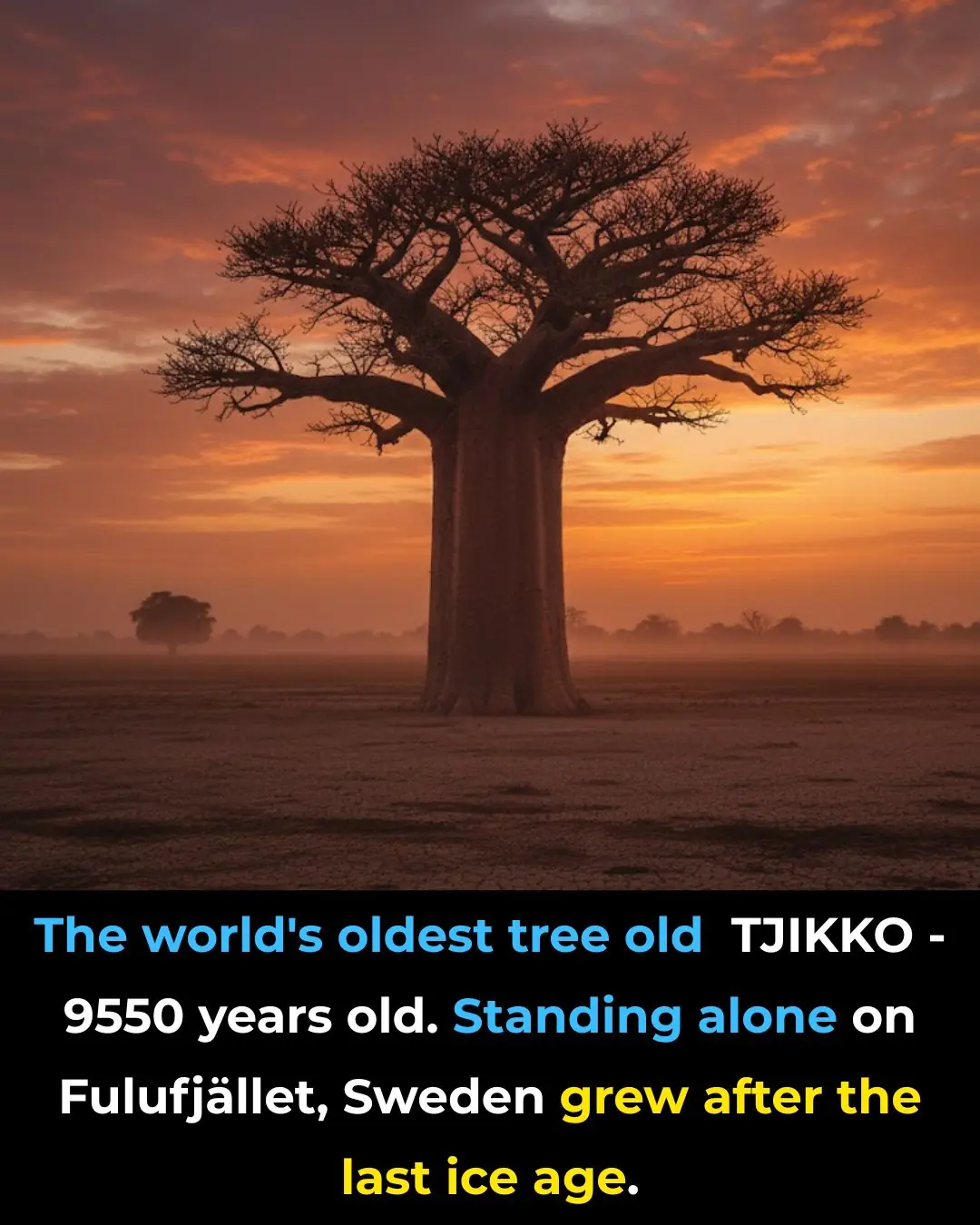
9,500-Year-Old Tree Found in Sweden Is The World’s Oldest Tree
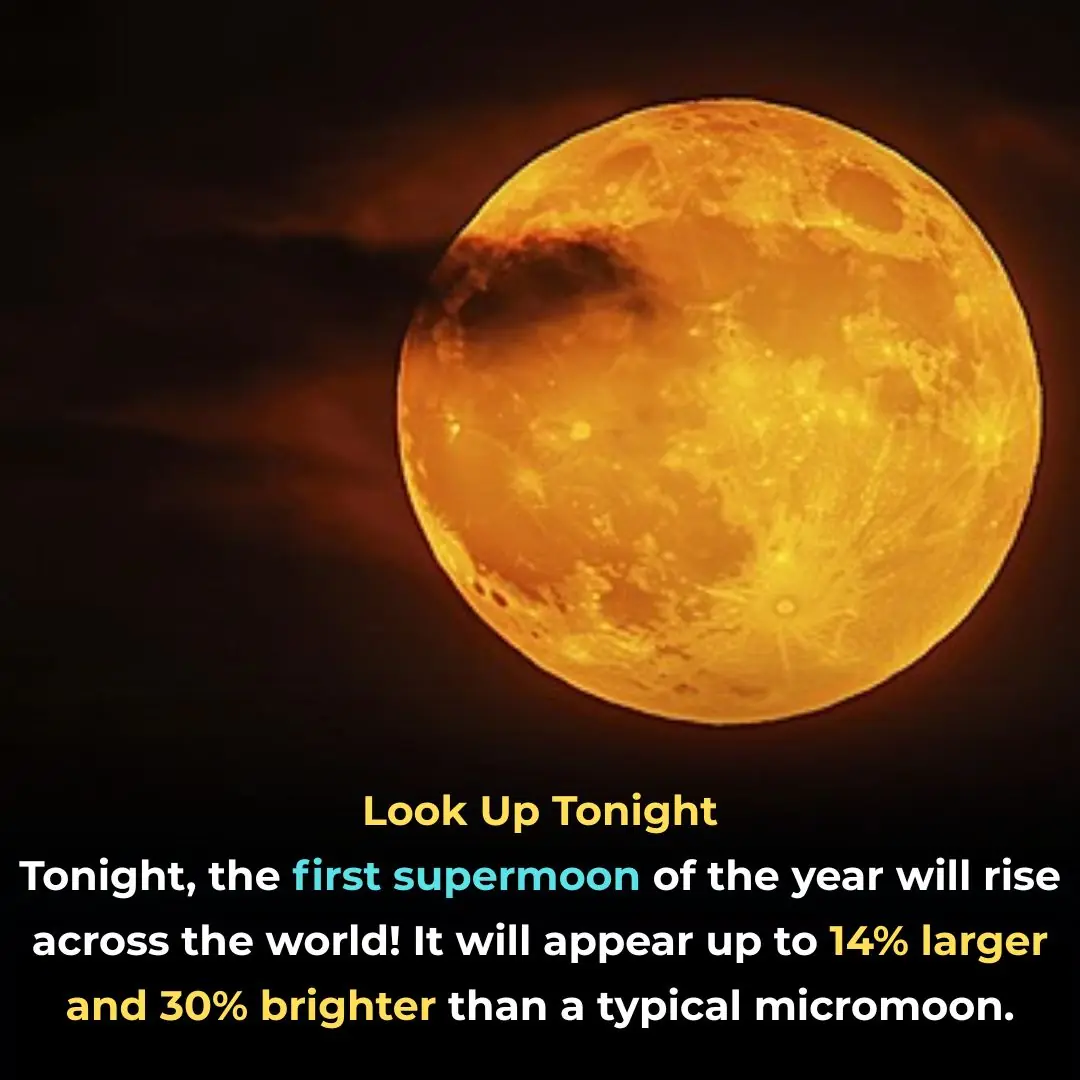
BREAKING NEWS 🚨 Due To This Hunter’s Moon Earth Will Be Completely…See More
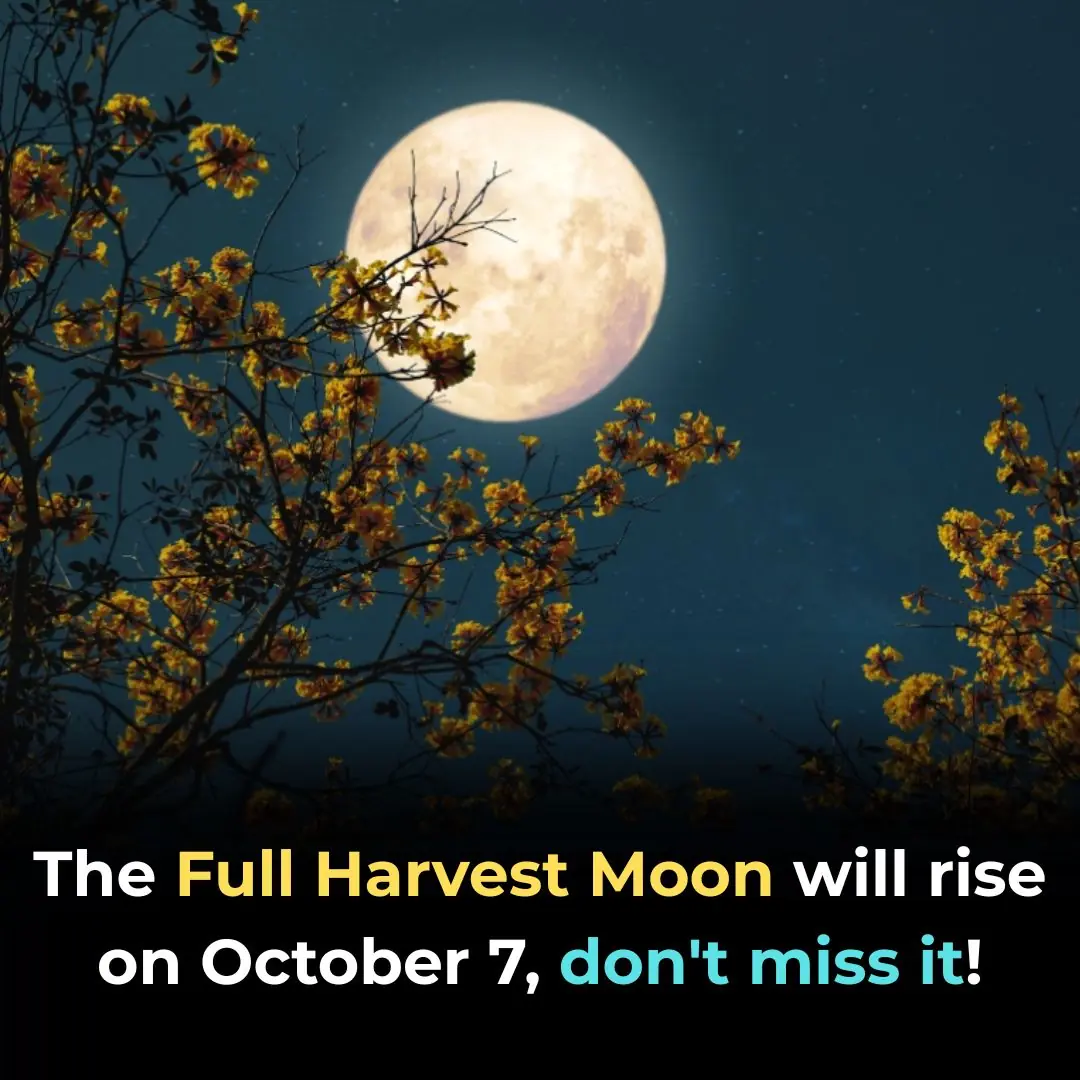
BREAKING NEWS 🚨 Due To This Hunter’s Moon Earth Will Be Completely…See More
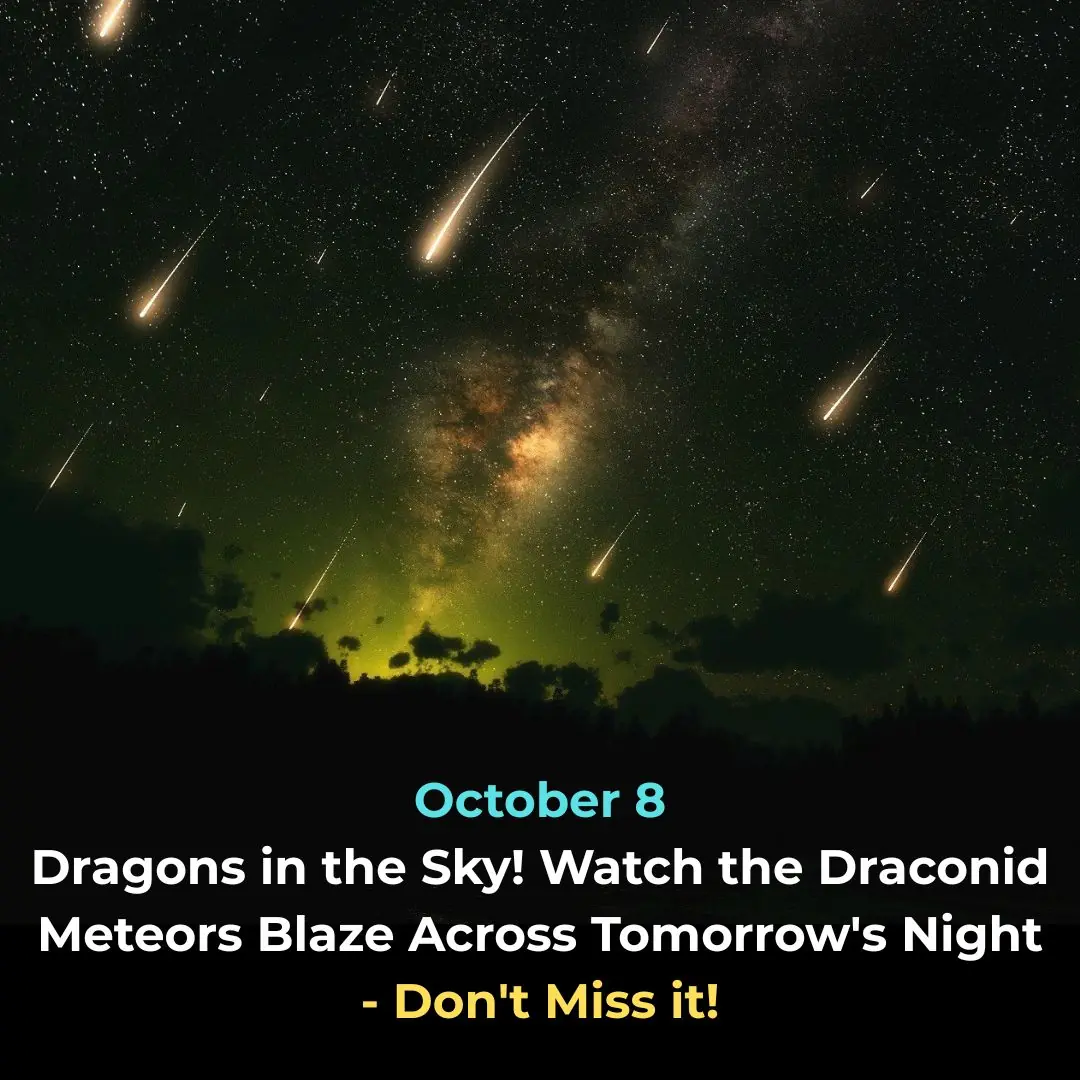
BREAKING NEWS 🚨 Due To This Draconid Meteor Shower Earth Will Be Badly Effected Because…..See More
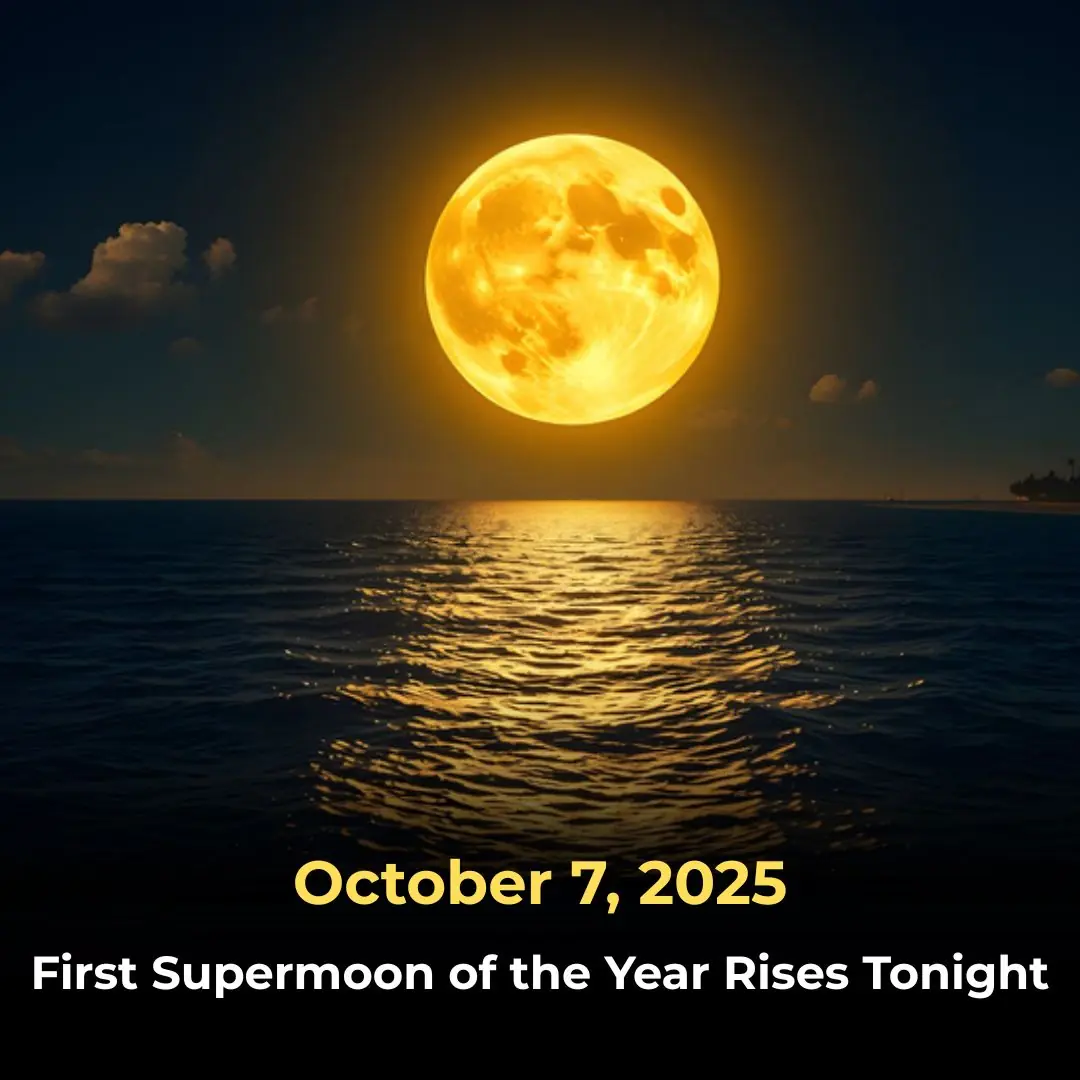
BREAKING NEWS 🚨 Due To This Hunter’s Moon Earth Will Be Completely…See More

Almost 30,000,000 Apple and Samsung users could claim part of huge £480,000,000 payout

Xbox users all say same thing following GameStop's decision to keep Xbox Gamepass at $19.99

Apple just added a new app to iPhone with iOS 26 and most people have no idea

Creators of ChatGPT reveal 44 jobs at highest risk of being taken over by AI in future

Why do many men prefer older women?
News Post

Researchers Turn Festival Wristbands into a Shield Against Drink Spiking

Your Body Will Change In Unexpected Ways When You Eat 2 Eggs Daily

Emmerdale fans 'work out' what's really wrong with Moira Dingle after collapse

Lung Disease Starts Silently – Spot These Early Signs Before It’s Too Late

Give President Trump Nobel Peace Prize, Israeli Hostage Families Urge

HOW TO QUICKLY REMOVE URIC ACID CRYSTALLIZATION FROM YOUR BODY TO PREVENT GOUT AND JOINT PAIN

Drink 1 of these 5 drinks every morning and cancer will stay away 👇👇

McFly star Harry Judd's wife Izzy opens up on their child's difficult health condition

Red beetroot: "Miracle drug" that cures many diseases but not everyone knows 👇👇

The refrigerator gasket is moldy, use this to clean it, it will be clean in just 5 minutes

How to make chicken mixed with Vietnamese coriander that the whole family will love

The fruit that grows in gardens and is rarely eaten turns out to be an autumn 'miracle drug', better than ginseng and bird's nest.

It's been a long time since I've seen this plant. It has good effects but is hard to find.

5 types of water good for your kidneys: Especially the first type, it's free and the more you drink it, the longer you live.

How to wash hair with betel leaf water helps reduce hair loss and makes new hair grow continuously

Bill Belichick trying to ‘find the leak’ with reports of UNC dysfunction spreading

Mike Francesa misses Yankees watch party for ‘emergency’ surgery

Taylor Swift’s floral ‘Late Night With Seth Meyers’ outfit is covered in Easter eggs

When to Worry About Veins That Appear Out of Nowhere
